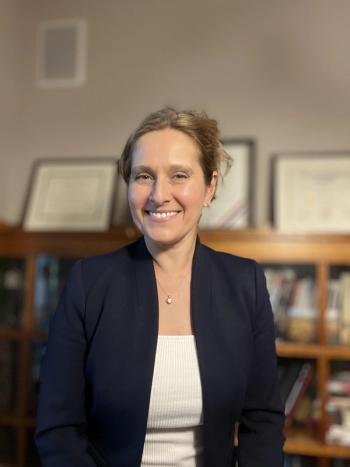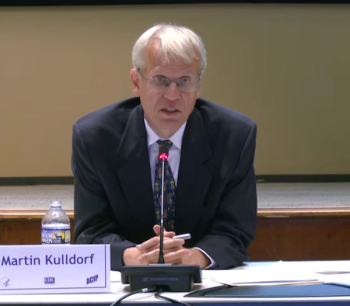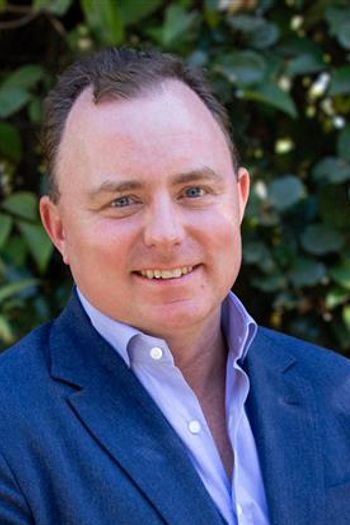
Tips for sharing performance pay with practice staff
With value-based reimbursement coming, its time to consider how and when to share the rewards with employees
When it was time to distribute shared savings payments generated by saving $15 million in total cost of care for payers, physicians at Coastal Medical had a decision to make: Should they give employees a portion of those earnings?
The question is a difficult one since many practices struggle to keep their doors open thanks to increased overhead and the costs of meeting regulatory requirements. There are many other ways physicians could use the additional revenue, such as purchasing new equipment or perhaps even pocketing it themselves.
G. Alan Kurose, MD, chief executive officer of Rhode Island-based Coastal Medical, says the board of directors for the physician-owned accountable care organization (ACO) decided in 2015 to distribute a percentage of the shared-savings payments among employees as a reward for their hard work.
“We wanted to demonstrate to every employee that if we are all in this together when there is new and challenging work to be done, the same should be true when that extra work generates a profit,” says Kurose.
High-quality, low-cost care is generally the formula for success when it comes to pay-for-performance and other financial incentive payments. Everyone in the practice plays a role in making this work, so shouldn’t everyone also benefit from the shared savings that are generated as a result? This is a question that physicians must be ready to answer when incentive bonuses are generated.
Sharing the wealth
For some physicians, the answer is clearly “yes.”
Coastal Medical uses some of its incentive funds from the Centers for Medicare & Medicaid Services and commercial payers to cover the incremental costs related to population health management (e.g., hiring nurse care managers, clinical pharmacists, data analysts, and a team of quality assistants.) It generally uses the remainder to fund new clinical initiatives as well as to distribute financial bonuses to practice employees.
Physicians at Coastal Medical set a goal of providing front-line staff members (medical assistants, medical secretaries, quality assistants and clerical staff) with an annual shared-savings bonus equal to at least one week’s pay. They exceeded the goal in 2015-the first year the bonuses were distributed-and were able to again in 2016.
When it comes time to distribute the shared-savings bonuses, Kurose, along with the chief operating officer and chief medical officer, deliver the payments personally to a total of 610 employees at each of the practice’s 20 locations throughout the state.
“Getting so many people to row in the same direction with a sense of purpose is a challenge,” says Kurose. “It’s crucial to find opportunities to discuss values and mission, and I think this has been the greatest benefit of our decision to distribute shared savings to every employee.”
Office manager Megan Merrifield works in a Florida-based internal medicine concierge practice that recently joined an ACO. The practice-which includes one internal medicine physician, one physician assistant and four administrative staffers-derives its additional revenue not from incentive payments but from adding chronic care management (CCM) to its service offerings.
The practice began billing for CCM in March, but staff members didn’t start to share in the profits until August. Merrifield says documentation aids and reminders in the electronic health record (EHR) help the practice bill CCM approximately 70 times monthly-more than twice what it had been able to do before acquiring an EHR. Employees receive bonuses that Merrifield anticipates will be approximately $150-$300 per quarter.
However, employees don’t receive the payments unless the practice bills CCM a minimum of 50 times monthly, which equates to about $2,000 in CCM revenue. Merrifield says this is the amount necessary to support the salary of one of the practice’s part-time medical assistants.
Once it has met this threshold, the physician retains 50% of any profits beyond the $2,000 and shares the remaining 50% with staff. One LPN and one medical assistant each receive 15% of the balance because they contribute most significantly to CCM by drafting care plans and calling patients. Merrifield and one of the other medical assistants, who are less involved with CCM, receive 10% each.
“We want to provide a great environment for our patients, but we also have to provide a great environment for our employees. Everybody here knows that if the business makes a profit, it’s going to trickle down,” says Sue Zumwalt, CMM, CPEDCS. Zumwalt is office manager at a California-based, physician-owned pediatric practice that distributes a portion of its ACO shared-savings among staff members.
Zumwalt says the practice’s four physicians generate about $80,000 and $100,000 each in quarterly incentives. The doctors share some of these funds as follows:
- Nurse practitioners receive a bonus twice annually based on a formula that takes into consideration their average cost per visit and their ability to meet certain internal performance measures.
- Zumwalt receives a quarterly bonus based on her ability to help the practice meet national benchmarks for immunizations and physicals.
- Other staff members receive a seniority-based bonus derived from revenue that exceeds projected amounts-not necessarily from shared-savings payments. Physicians set aside a portion of this amount for staff profit-sharing bonus payments.
“Even an extra $100 is huge,” says Zumwalt. “You start doing that a few times, and the employee’s attitude toward the other things you’re asking them to do will change.”
Reward or reinvest?
Rhode Island-based internal medicine physician Nitin Damle, MD, FACP, says he’s cautious about sharing incentive payments with staff members. “We would need to see a pretty steady stream of funds over a longer period of time before we could commit to a program like that,” he says.
Damle, president of the American College of Physicians, is one of eight internists in the practice that also has 25 non-clinical staff members. The practice receives supplemental payments by participating in a patient-centered medical home initiative as well as the PQRS and Meaningful Use programs. It also receives enhanced payments for quality improvement and cost containment through several managed-care contracts, and it recently joined an ACO.
The practice has used these additional funds to hire clinical nurse managers who help patients manage chronic conditions, measure and report on quality, and perform transitional care management. It is also hiring a chief operating officer who will be responsible for streamlining operations. After covering these costs, there isn’t a lot of money left for salary increase or bonuses, says Damle.
“We want to see that we’ve made a significant leap in terms of quality and cost containment-and that we’re being adequately compensated for that,” he says. “Then we’d be in a position to share some of those benefits.”
Newsletter
Stay informed and empowered with Medical Economics enewsletter, delivering expert insights, financial strategies, practice management tips and technology trends — tailored for today’s physicians.















